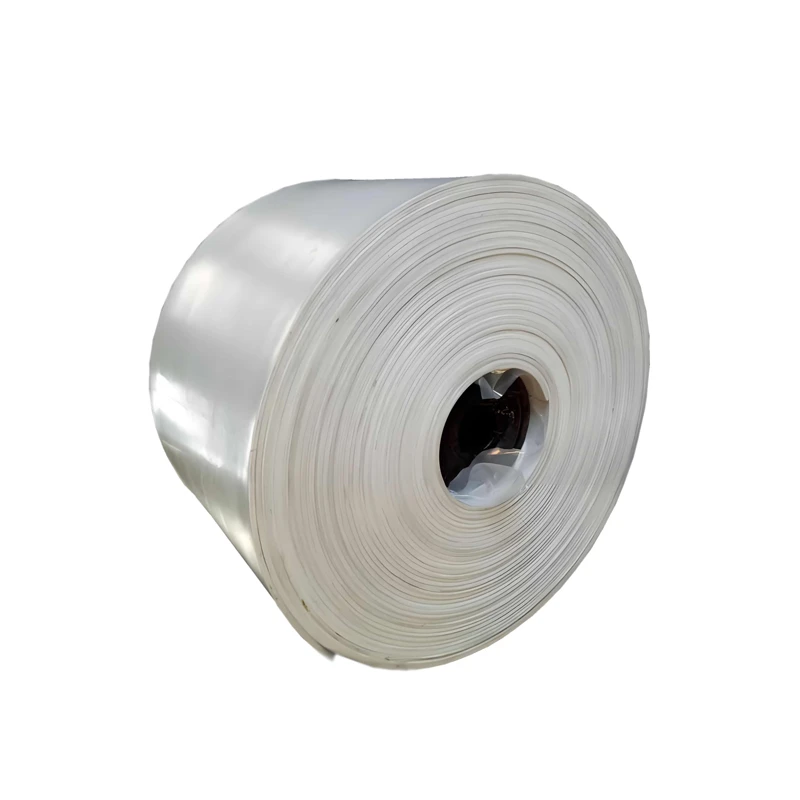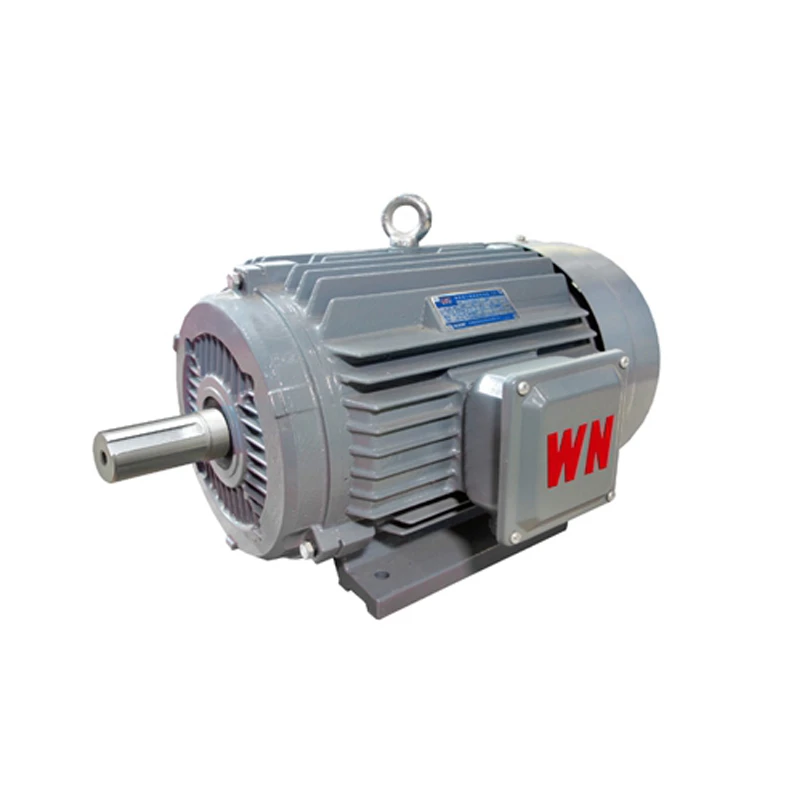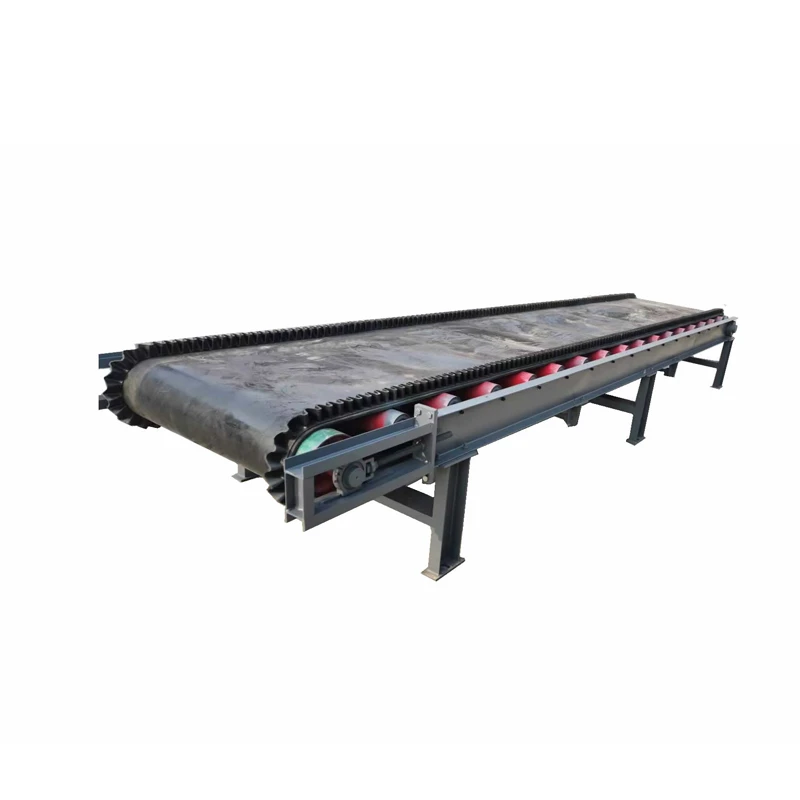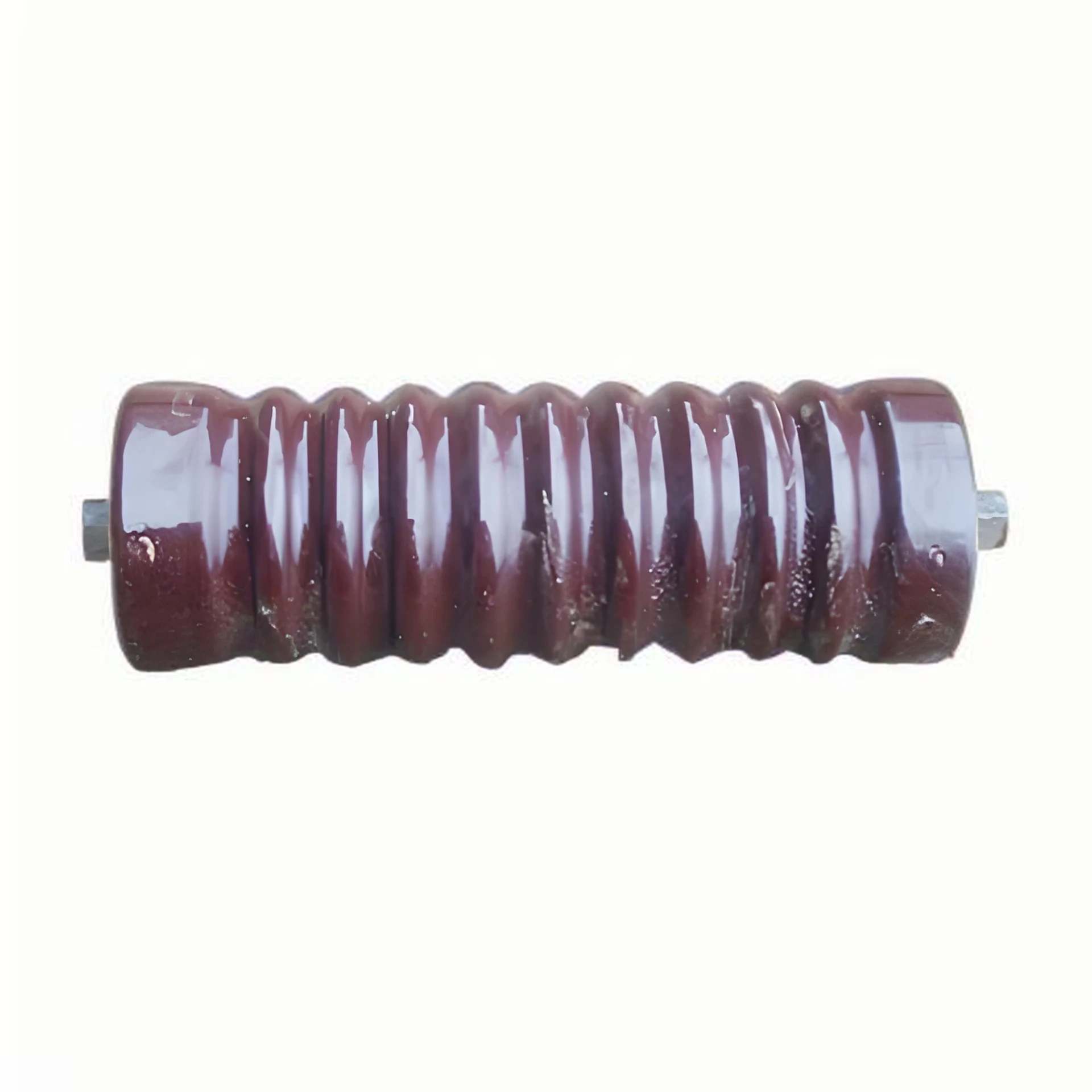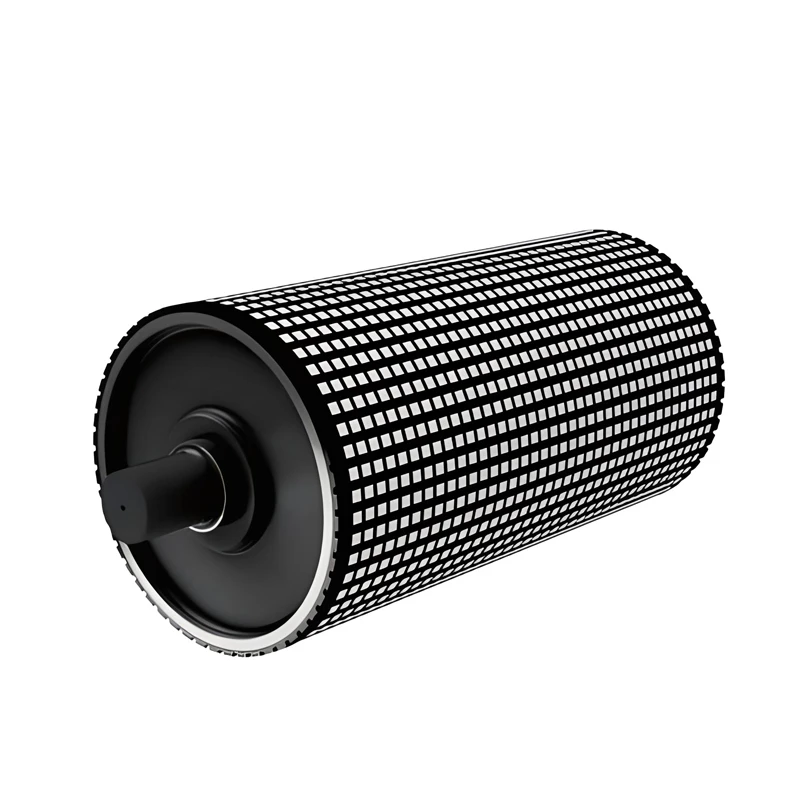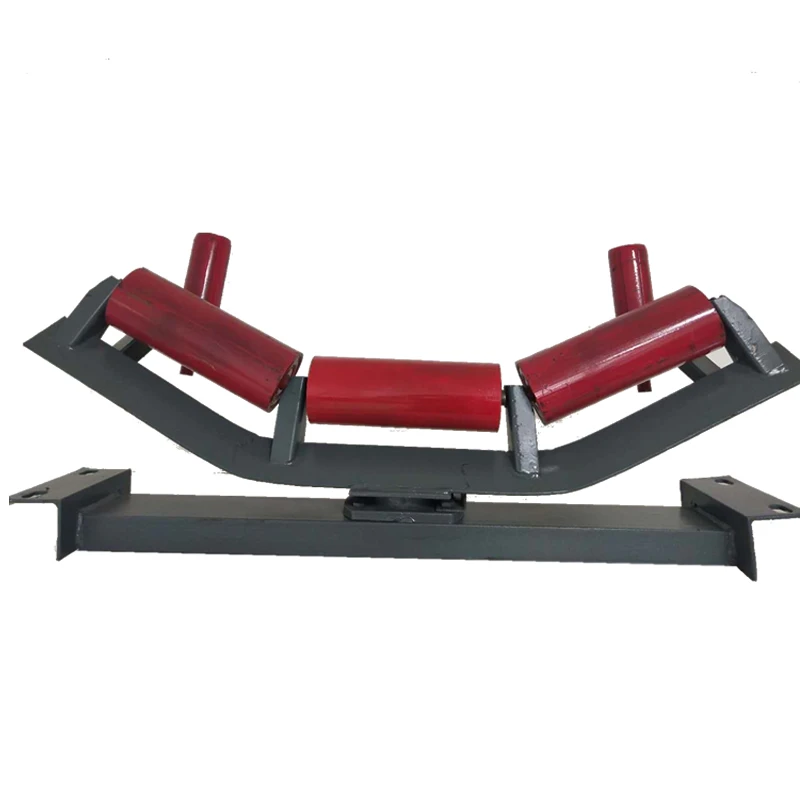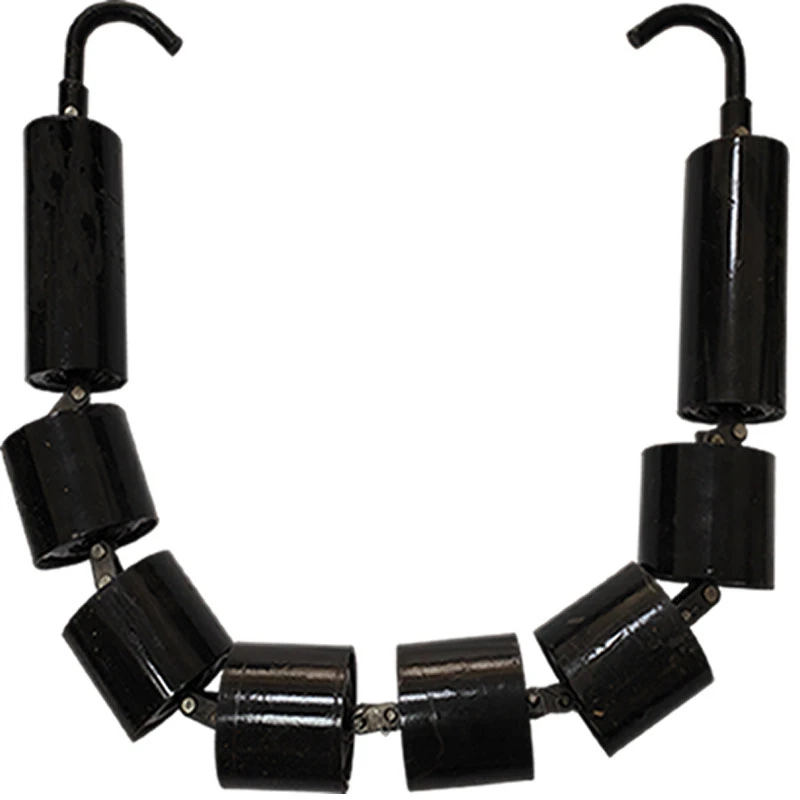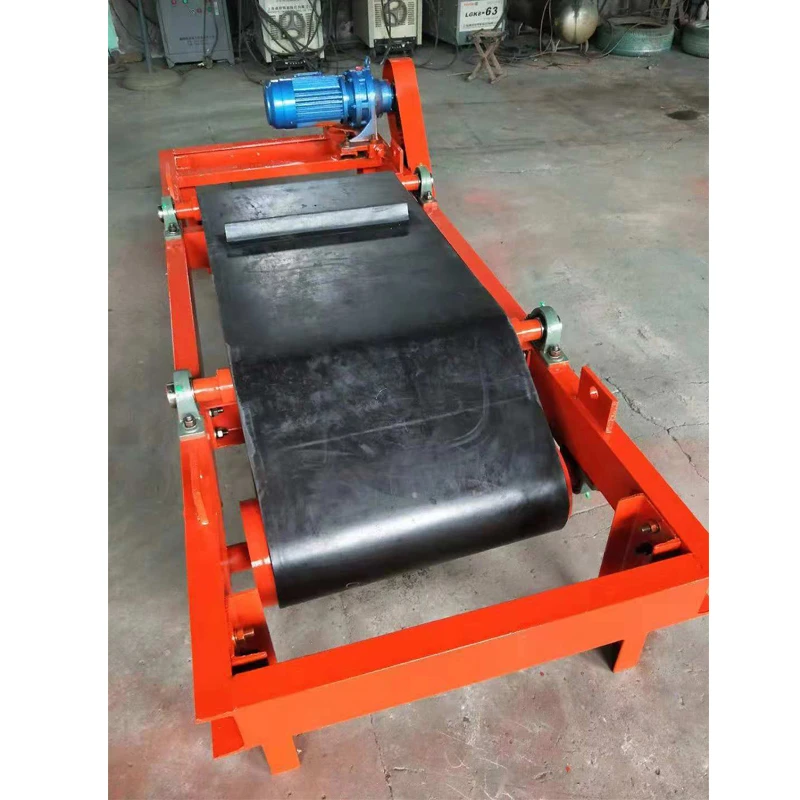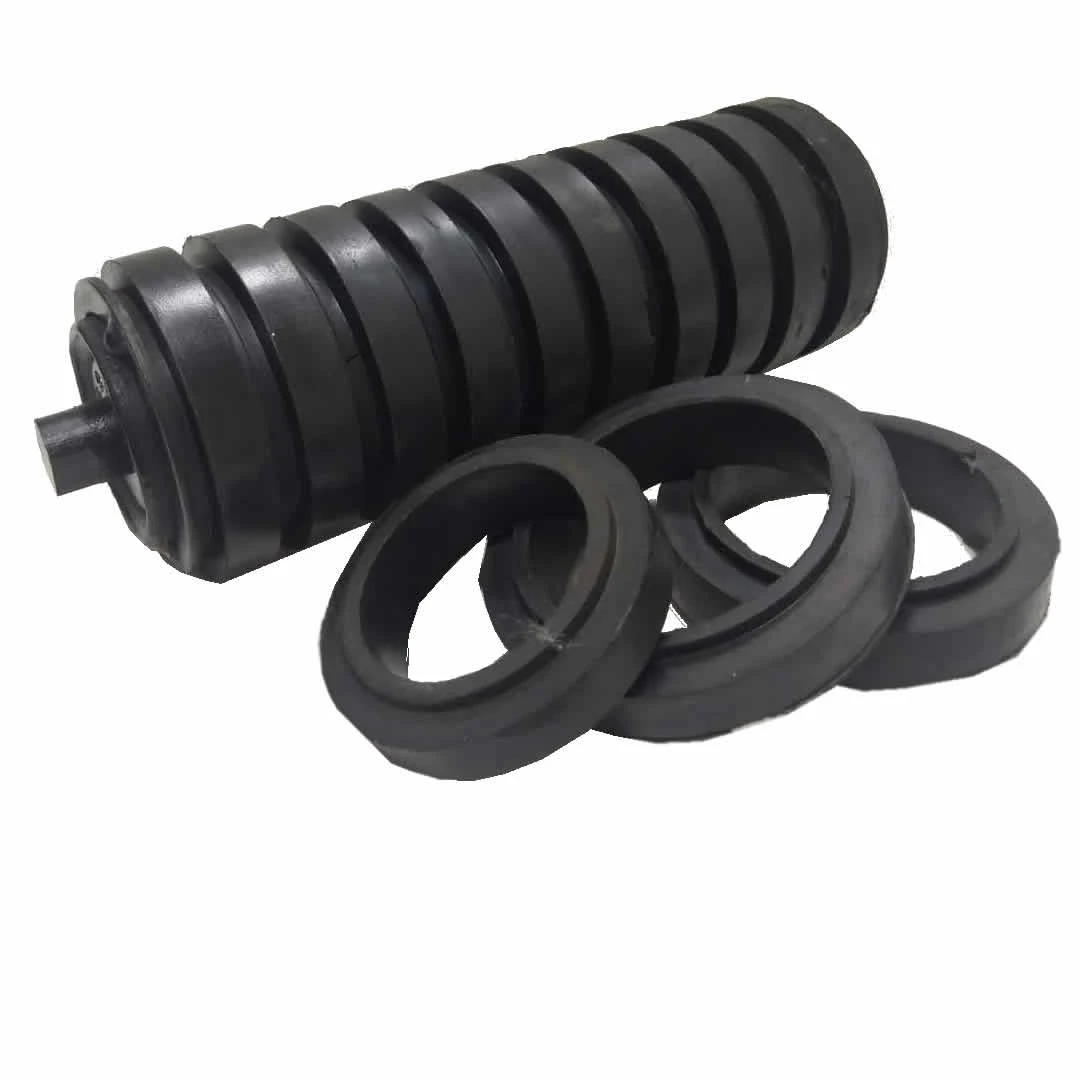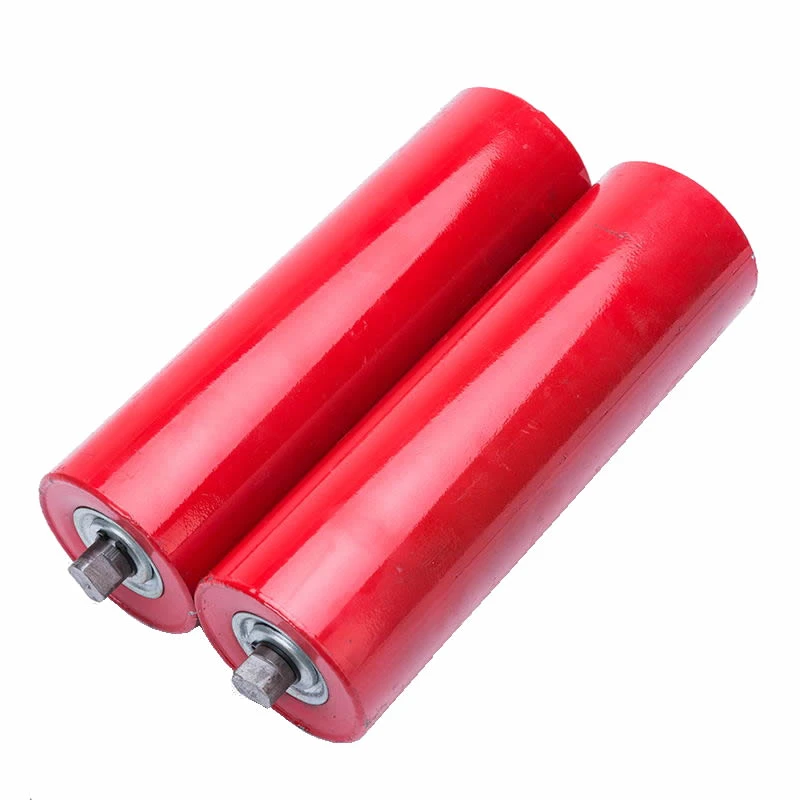The drum motor is a compact, highly efficient driving mechanism used predominantly in conveyor belt systems across industries such as food processing, packaging, logistics, and mining. Unlike traditional motor-and-gearbox setups, a drum motor integrates the motor, gearbox, and bearings inside the conveyor pulley, resulting in a sleek, space-saving solution. This encapsulated design significantly reduces maintenance requirements while improving hygiene and safety, especially in environments where cleanliness is critical.
The design of the drum motor allows for direct power transmission to the conveyor belt, minimizing power losses and improving overall energy efficiency. Additionally, the sealed housing prevents contamination from dust, water, or chemicals, making it ideal for washdown conditions. Whether you’re dealing with lightweight parcels in a sorting facility or heavy aggregates in a quarry, a drum motor offers reliable, long-term performance.
Industries are increasingly replacing conventional external motors and gearboxes with drum motor systems to optimize space, streamline maintenance, and comply with strict hygiene regulations. The smooth, compact surface of the motor enables easy cleaning and reduces the risk of product contamination—an advantage unmatched by exposed drives.
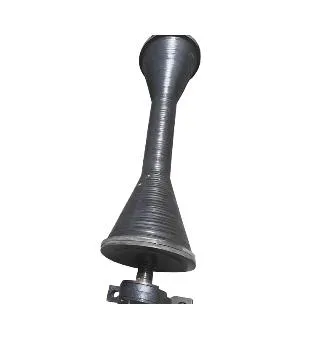
Choosing the Right Drum Motor Manufacturers for Your Industrial Needs
Partnering with top-tier drum motor manufacturers is essential when seeking durable, energy-efficient, and application-specific motor solutions. Leading drum motor manufacturers offer extensive customization, engineering support, and a wide selection of motor diameters, power ranges, and surface finishes. These manufacturers are not only product providers but also design consultants that ensure your motor system integrates perfectly with your conveyor application.
Reputable drum motor manufacturers typically offer stainless steel and mild steel options with various IP ratings to suit both standard and extreme environments. From mining operations that demand high torque and resistance to abrasive materials, to food production lines that require hygienic and corrosion-resistant housings, experienced drum motor manufacturers engineer motors that exceed industry expectations.
They also provide testing facilities, CAD integration services, and real-world simulation capabilities to ensure optimal performance before implementation. Many top drum motor manufacturers are ISO-certified, with motors that comply with CE, UL, or FDA standards, depending on the intended market. When evaluating drum motor manufacturers, consider their innovation pipeline, supply chain strength, technical support, and track record with complex installations.
The best manufacturers are those who not only deliver a quality drum motor but support your project from concept to commissioning—and continue to provide parts and maintenance well into the motor's lifecycle.
Breaking Down Drum Motor Price: Factors That Determine Cost Efficiency
Understanding the variables that influence drum motor price can help you make informed purchasing decisions that balance cost, quality, and long-term value. The drum motor price varies depending on size, power, casing material, sealing grade, shaft options, and optional features like integrated encoders or braking systems.
Entry-level models made of mild steel and intended for light-duty use are typically more affordable, while high-performance drum motors used in heavy industry or food-grade applications come at a premium. Larger diameters and higher torque ratings generally increase the drum motor price due to more robust internal components and higher heat dissipation requirements.
Stainless steel models, which are corrosion-resistant and compliant with food safety standards, tend to be more expensive than their mild steel counterparts. Motors rated IP66 and above are also priced higher due to the enhanced sealing systems required for washdown or outdoor environments.
Despite potentially higher upfront costs, the total cost of ownership favors the drum motor because of its low maintenance requirements, longer service intervals, and lower energy consumption. Additionally, savings in installation time and reduced need for external components—like gearboxes, motor bases, and guards—offset the drum motor price in the long term.
The Innovation Behind Drum Motor Design: Compact Power Meets Modern Efficiency
Modern drum motor design is a feat of engineering efficiency. By incorporating all major mechanical and electrical components into the drum shell itself, drum motor design eliminates exposed parts, reduces vibration, and increases operational safety. This integration also reduces the footprint of conveyor systems, which is critical in facilities where space is at a premium.
At the core of effective drum motor design is precision balancing and thermal management. Efficient cooling is critical to prevent overheating during continuous operation. Most motors use oil or grease as both a lubricant and coolant, circulating heat away from the motor windings and gearbox. This not only extends the lifespan of internal components but also maintains consistent power output over time.
Modern drum motor design focuses on modularity, allowing for quick disassembly and reassembly during servicing. Gear ratios can be changed with minimal intervention, and modular components like encoders or brakes can be added without affecting the core housing. Smooth surface finishes, particularly in stainless steel models, support hygienic operation and simplify cleaning protocols.
Advanced materials like polymer bearings, reinforced shafts, and high-performance lubricants enhance the overall robustness of drum motor design. Digital integration with PLCs and IoT sensors is also becoming more common, enabling predictive maintenance, motor condition monitoring, and real-time system analytics.
With ongoing research into energy-efficient winding configurations and recyclable components, drum motor design is becoming not only more effective but also more sustainable—aligning with global trends in green manufacturing and energy conservation.
Applications of Drum Motors Across Industries: Versatile, Reliable, and Efficient
The drum motor finds applications across a vast array of industries due to its compact form, high efficiency, and low maintenance. In the food and beverage industry, drum motors are preferred for their hygienic properties and ease of cleaning. Conveyor belts driven by drum motors help transport baked goods, meat, dairy, and produce with minimal contamination risk.
In logistics and distribution centers, drum motors power high-speed sortation systems, ensuring packages move efficiently through complex routing. The motor's ability to operate quietly and continuously makes it ideal for environments where uptime is crucial. Airports rely on drum motors in baggage handling systems, where smooth and synchronized belt movement ensures passenger luggage is delivered safely.
Mining and bulk handling industries use drum motors in crushing, screening, and transport conveyors, where the motors withstand abrasive materials and heavy loads. Their enclosed design protects against dust ingress and allows for deployment in outdoor or underground locations.
Pharmaceutical production lines utilize stainless steel drum motors that conform to cleanroom standards, minimizing contamination risks while ensuring precise movement of materials and products.
The versatility and robustness of the drum motor make it an indispensable component across diverse sectors, helping industries improve output, reduce downtime, and achieve smarter automation.
drum motor FAQs
What is the key advantage of using a drum motor in conveyor systems?
The biggest advantage of a drum motor is its compact and enclosed design, which integrates the motor, gearbox, and bearings into a single, space-saving unit. This makes it easier to clean, improves safety by eliminating exposed parts, and reduces maintenance needs. It also results in quieter operation and better energy efficiency, especially in continuous-duty applications.
How do drum motor manufacturers ensure product quality?
Drum motor manufacturers ensure quality through rigorous testing, ISO-certified production processes, and advanced materials. Leading manufacturers use high-precision machining, automated quality control systems, and simulation tools to validate performance. Many also offer extended warranties, local service centers, and post-installation technical support, ensuring that every drum motor meets its operational promises.
What determines the drum motor price?
The drum motor price depends on several factors including diameter, torque output, motor power, materials (stainless steel vs. mild steel), IP sealing rating, and optional features like brakes or encoders. The application environment—such as food-grade, high-humidity, or abrasive conditions—also affects pricing. High-end motors may cost more upfront but offer significant savings in operational and maintenance costs over time.
What should I consider in the design and selection of a drum motor?
Effective drum motor design requires consideration of the conveyor load, belt type, speed, incline, and environmental conditions. You must select the appropriate motor power, gear ratio, shaft design, and sealing level for optimal performance. It's also essential to ensure compatibility with existing conveyor systems and to choose models that support easy integration and future upgrades.
Are drum motors suitable for washdown and hygienic environments?
Yes, drum motors—especially those with stainless steel housings and high IP ratings—are specifically designed for washdown environments. They are ideal for food processing, pharmaceutical, and cleanroom applications where hygiene is non-negotiable. Their sealed design prevents ingress of water, dust, and contaminants, making them easier to sanitize and maintain according to industry regulations.

